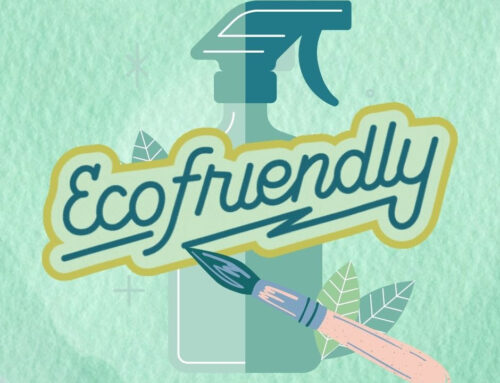Debunking the “Hygiene Theater”
Dismantling the questionable disinfection practices that emerged during COVID-19

It’s been nearly two years following the outbreak of COVID-19. Yet we won’t soon forget those early fearful weeks of the pandemic. The public became overwhelmed with questions about how best to combat the spread. This was the time when authorities were misting entire streets in disinfectant fogs, and shoppers considered whether to disinfect all their fruits and vegetables from the supermarket. Thanks to the diligent work of scientists and public health experts, we are now far more knowledgeable and better equipped to manage the virus. However, the fear spurred on by the pandemic has helped spread a wave of inaccurate disinfection practices that claimed to protect the public, but actually proved either ineffective or flat-out harmful. Perpetuating such methods creates a dangerous false sense of security. Experts call this phenomenon “Hygiene Theater,” referring to cleaning practices that are nothing more than smoke and mirrors.
To empower you as you build your own cleaning safety protocols, we factcheck the most spurious disinfection methods, and offer alternatives that will keep you and your team truly safe.
Myth1 : Everything needs to be disinfected.
Not all surfaces need to be disinfected to protect you from COVID-19. Excessive disinfection can have a detrimental impact. Many disinfection products use chemicals that, when over-used, can trigger respiratory issues for those with conditions like asthma and allergies. This can also encourage the growth of bacteria resistant to disinfectants.
Fact: The CDC recommends a more targeted approach to disinfection, focusing on high-touch surfaces and high-traffic areas. More thorough disinfection is only recommended if there has been a sick person or someone who tested positive for COVID-19 in your facility within the previous 24-hour period. You should then have the spaces they occupied thoroughly cleaned and disinfected.
Myth 2: All disinfection products are equally effective.
Not all disinfection products have been certified to be effective against the COVID-19 virus, as each product varies in ingredients and concentration levels.
Fact: Only use products approved by the Environmental Protection Agency (EPA) List N to destroy all strains and variants of the COVID-19 virus. At SparkleTeam, we only use List N disinfectants — the official list of products approved by the EPA to kill SARS-CoV-2.
Myth 3: Fogging/Misting is an effective form of disinfection.
In practice, fogging or misting is an imprecise and excessive disinfection method. Fogging floods the environment with far too many harsh chemicals, causing more harm that good. Most disinfectants are also not approved for use on people. Misting booths that spray disinfectants on people are strongly discouraged by health authorities such as the World Health Organization (WHO).
Fact: Direct surface application of disinfectants is best in most cases for preventing the spread of COVID-19. In some cases, such as when a specific area has been exposed to a COVID-19 outbreak, electrostatic sprayers provide an efficient alternative. This targeted technology has been specifically designed for disinfection.




